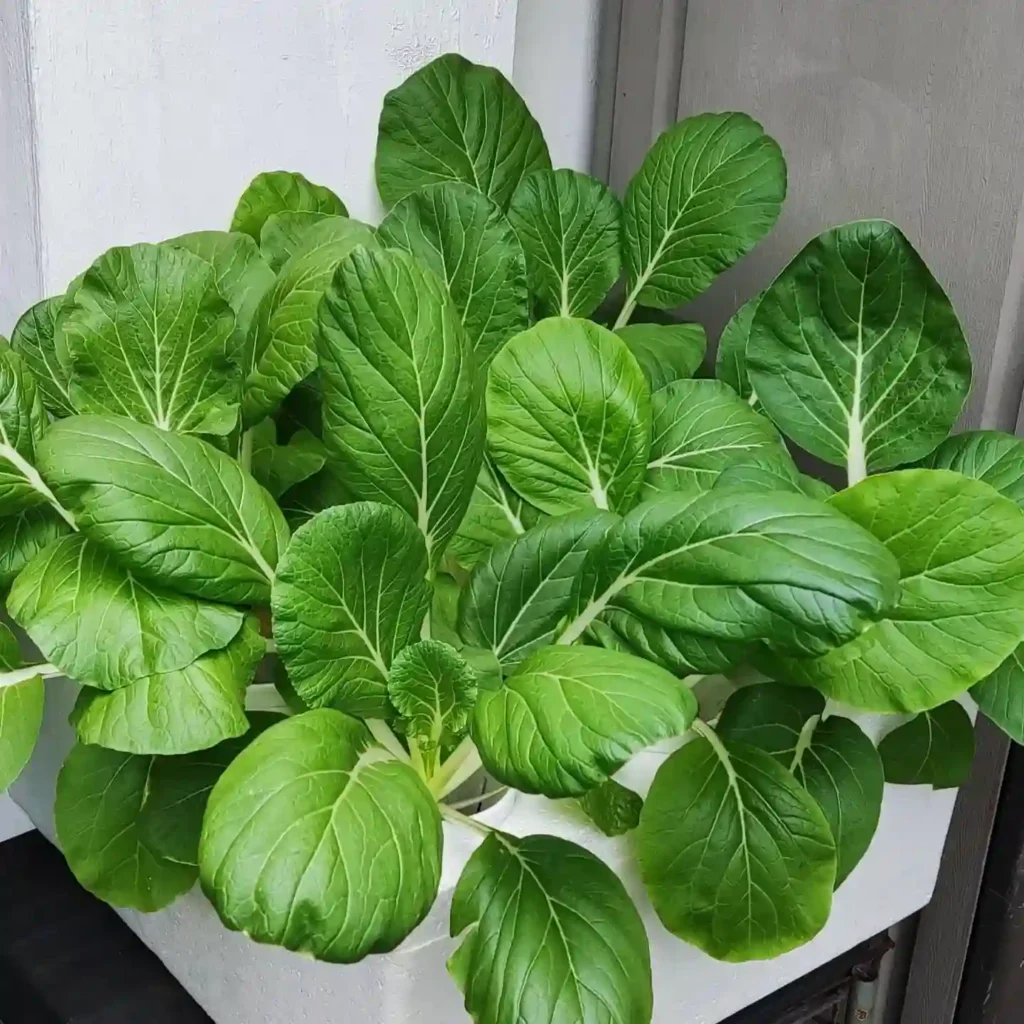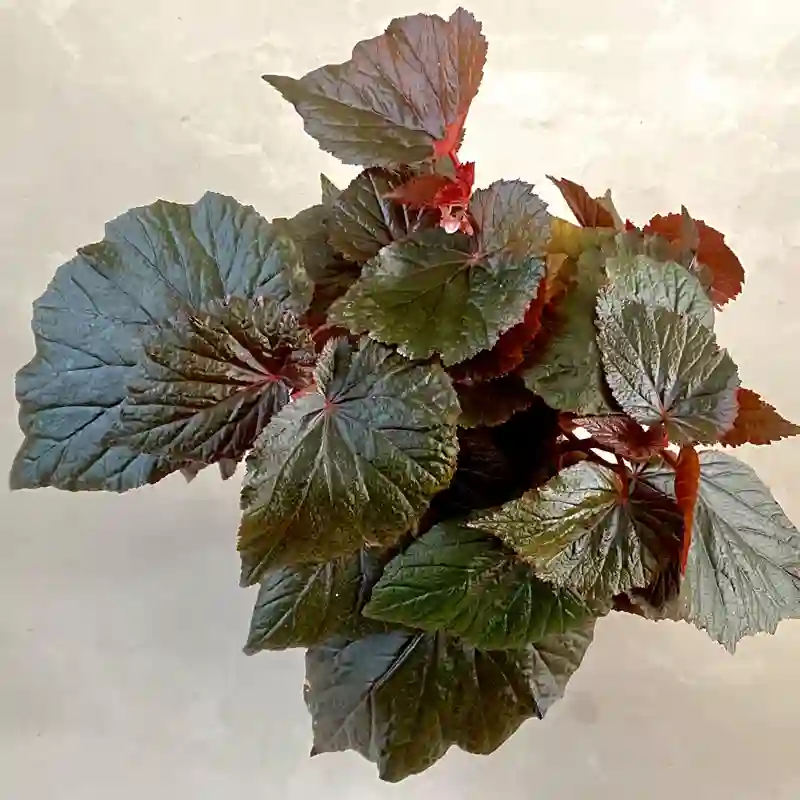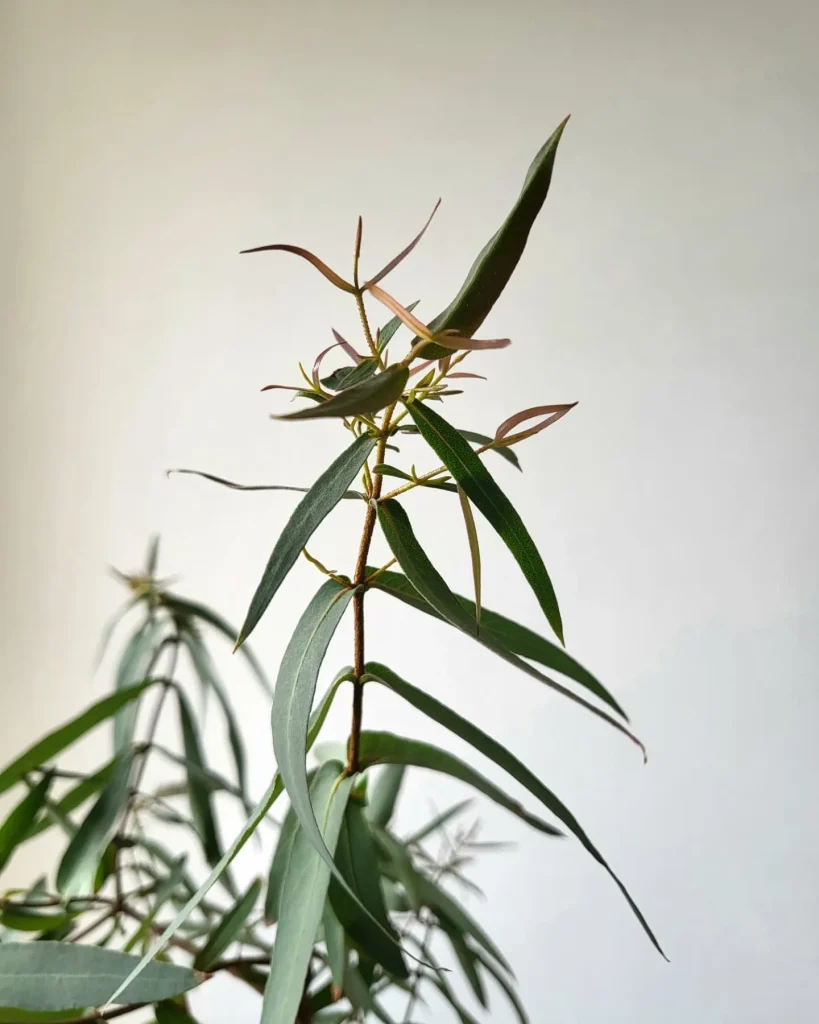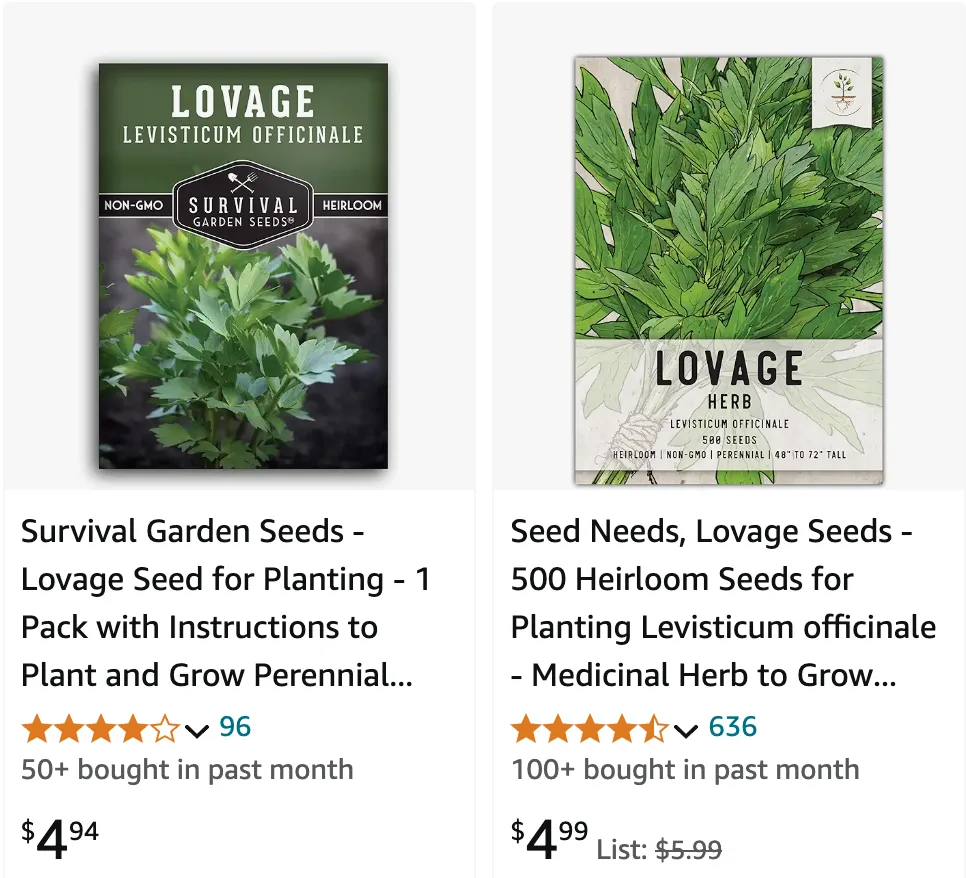
What is Lovage?
Lovage (Levisticum Officinale) is a perennial herb native to Europe and Asia, often compared to celery for its similar flavor profile. This hardy plant can grow up to six feet tall and produces dark green leaves, yellow-green flowers, and seeds that are all edible. Lovage has been used for centuries in cooking and traditional medicine.
3 Species in Genus Levisticum
What Does Lovage Look Like?
Lovage has dark green, glossy leaves that resemble flat-leaf parsley but are much larger. The plant grows tall, with hollow stems and small yellow-green flowers that appear in umbrella-like clusters. The seeds are brown and oval-shaped.
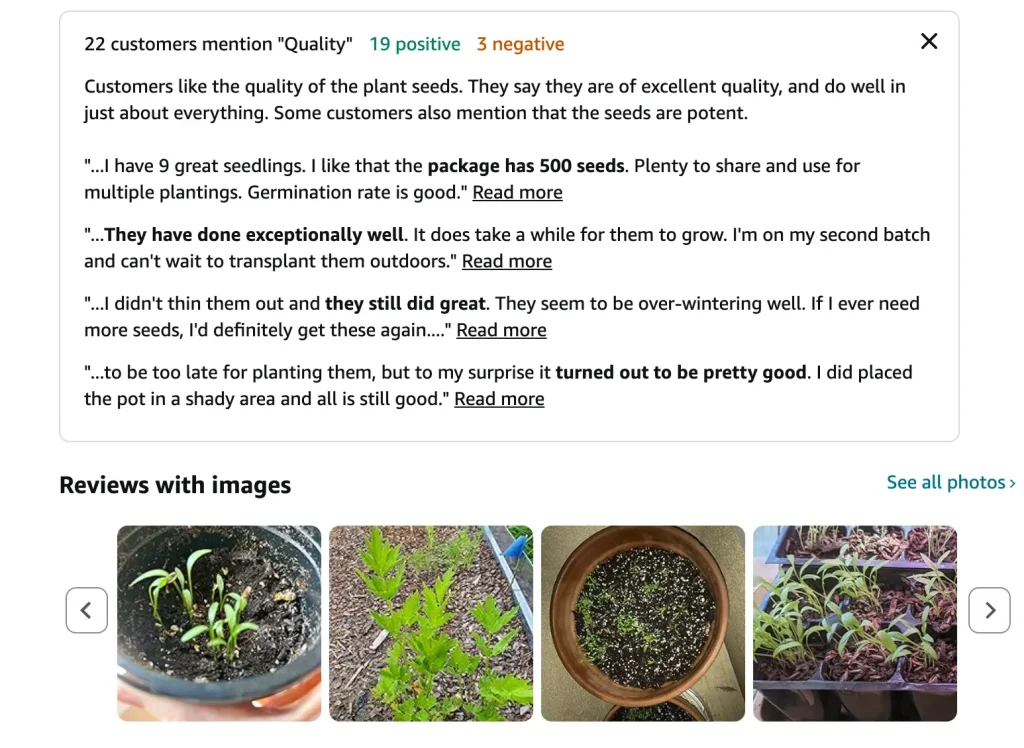
Where to Buy Lovage?
You can purchase lovage seeds or plants at most garden centers, nurseries, or online. Many specialty herb stores also carry lovage, either as seeds or as young plants ready for transplanting. If you’re lucky, you might even find fresh lovage at farmers’ markets, particularly in areas where the herb is grown locally.
How to Grow Lovage?
Growing lovage is relatively straightforward. Plant lovage seeds or transplants in well-drained soil with plenty of organic matter. Lovage prefers full sun but can tolerate partial shade. Ensure the soil is kept moist, especially during dry spells, to encourage healthy growth. Lovage can be grown in garden beds or large containers.
How to Care for Lovage?
Caring for lovage involves regular watering, particularly in dry weather, and occasional feeding with compost or a balanced fertilizer. Lovage plants benefit from mulching to retain moisture and suppress weeds. Pruning the plant back in late summer can encourage a second flush of growth.
How to Propagate Lovage?
Lovage can be propagated by seeds, division, or cuttings. To propagate by seed, sow directly in the garden in early spring or start indoors a few weeks before the last frost. For division, dig up a mature plant in early spring or fall, separate the root clumps, and replant them. Cuttings can be taken in the spring or summer from healthy stems and rooted in moist soil.
What to Plant with Lovage?
Companion planting with lovage can benefit other plants. Lovage attracts beneficial insects like pollinators and predatory wasps that help control pests. Good companions for lovage include tomatoes, potatoes, and other herbs like thyme and oregano.
How to Use Lovage?
Lovage is versatile in the kitchen. The leaves can be used fresh in salads, soups, and stews, or dried for later use. The stems can be chopped and used similarly to celery in recipes, and the seeds can be used as a spice, similar to fennel or caraway. Lovage root can also be cooked and eaten as a vegetable.
Is Lovage a Perennial?
Yes, lovage is a perennial herb, meaning it will come back year after year. In cold climates, it dies back in the winter but will regrow from the roots in the spring. Lovage plants can live for many years with proper care.
What Does Lovage Taste Like?
Lovage has a strong, celery-like flavor with hints of anise and parsley. The taste is more intense than celery, making it a robust addition to dishes. Its unique flavor can enhance soups, stews, and broths.
What is Lovage Used For?
Lovage is used both culinary and medicinally. In the kitchen, it flavors soups, stews, salads, and sauces. Medicinally, lovage has been used to treat digestive issues, inflammation, and respiratory problems. It’s also a natural diuretic.
How to Harvest Lovage?
Harvest lovage leaves as needed throughout the growing season by snipping them off with scissors. For the best flavor, pick leaves in the morning. Seeds can be collected when they turn brown and dry, and roots can be dug up in the fall if desired.
Can Dogs Eat Lovage?
While lovage is not toxic to dogs, it’s best to consult with a veterinarian before adding any new herb to your pet’s diet. Some dogs may have sensitivities or allergies to certain plants.
Can Guinea Pigs Eat Lovage?
Guinea pigs can eat lovage in moderation. The high vitamin C content can be beneficial, but it should be offered as a treat rather than a staple, as too much can cause digestive issues.
Can Rabbits Eat Lovage?
Rabbits can eat lovage, but it should be given in small quantities. The strong flavor might not be to every rabbit’s liking, and introducing it gradually can help prevent any digestive upset.
Lovage vs Celery
Lovage and celery share a similar flavor, but lovage has a more intense taste and can be used as a substitute in recipes. Lovage also has the advantage of being a perennial, whereas celery is typically grown as an annual.
Lovage vs Leffen
Lovage and Leffen are both herbs but differ significantly in taste and use. While lovage has a strong celery-like flavor, Leffen (or Lovage Mint) has a more minty taste and is used differently in culinary applications.
Lovage vs Parsley
Lovage and parsley both have vibrant green leaves, but their flavors are distinct. Lovage has a stronger, celery-like taste, whereas parsley is milder and more versatile. Lovage can overpower dishes if used in the same quantities as parsley.
How to Store Lovage?
Store fresh lovage leaves in the refrigerator, wrapped in a damp paper towel and placed in a plastic bag. Lovage can also be dried or frozen for long-term storage. To dry, hang small bunches upside down in a cool, dark place until completely dry. Freeze by chopping the leaves and placing them in ice cube trays with water.
How to Prune Lovage?
Pruning lovage helps maintain its shape and encourages new growth. Trim back any dead or yellowing leaves regularly. Cut back the entire plant by half in late summer to promote a second growth phase.
Lovage is a wonderful addition to any garden, offering both culinary and medicinal benefits. Its robust flavor and ease of growth make it a favorite among herb enthusiasts. Whether you’re growing it for its leaves, seeds, or roots, lovage is a versatile herb that can enhance your garden and kitchen.
If i die, water my plants!
